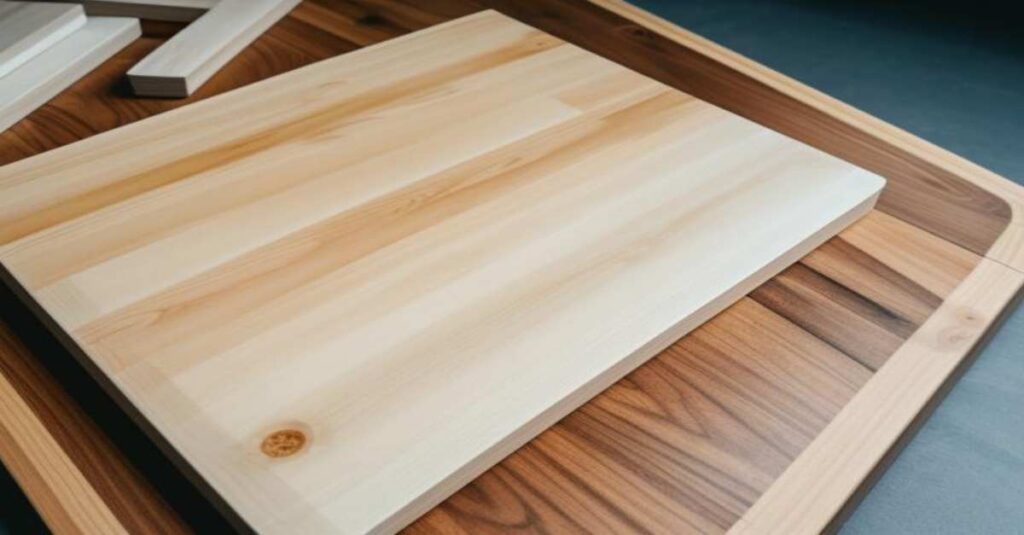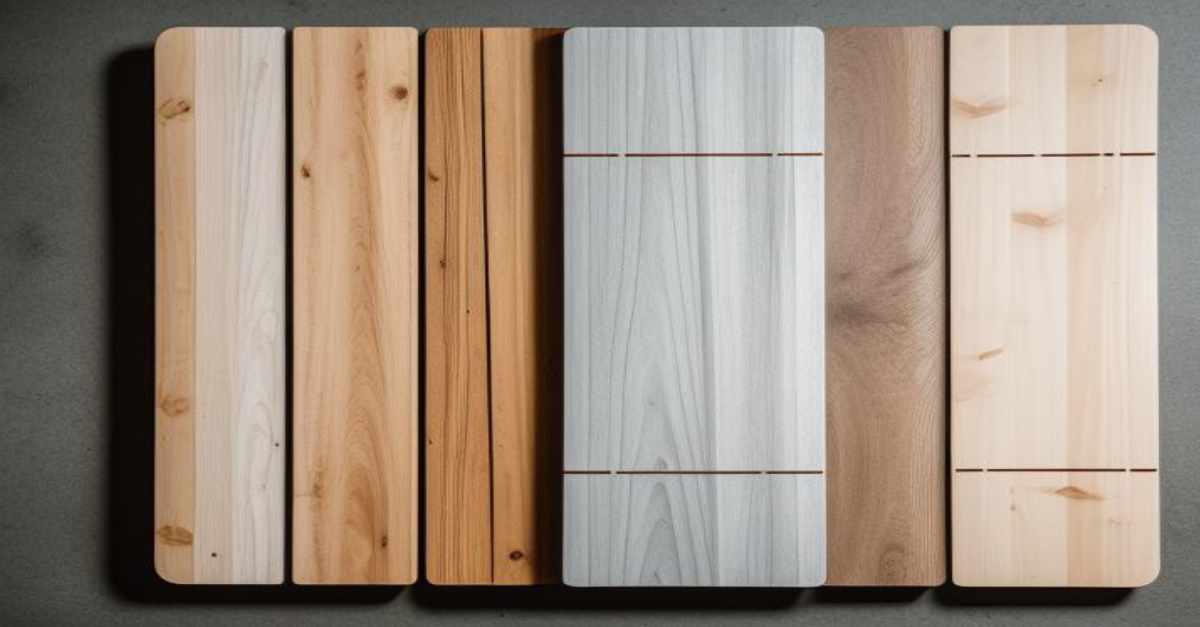
Baseboards may not be the first thing you notice when entering a room, but they play a crucial role in your home’s aesthetics and functionality. These decorative trims can protect your walls, conceal imperfections, and add a polished look to any space. In this guide, we’ll explore everything you need to know about baseboards, from their history and types to installation and maintenance tips.
A Brief History of Baseboards

Baseboards have been used for centuries, initially serving a purely functional purpose of covering the gap between the wall and the floor. Over time, they evolved into decorative elements that reflect architectural styles and design trends. Today, baseboards are practical and add an elegant touch to any room.
Types of Baseboard Materials
There are several materials to choose from when selecting baseboards, each with its benefits:
- Wood: Traditional and versatile wooden baseboards can be stained or painted to match your interior decor. They are durable but may require more maintenance than other materials.
- MDF (Medium-Density Fiberboard): A cost-effective and easy-to-paint option, MDF is smooth and uniform but less moisture-resistant.
- PVC (Polyvinyl Chloride): Ideal for moisture-prone areas like bathrooms, PVC baseboards are water-resistant, durable, and available in various styles.
Benefits of Installing Baseboards
- Protection: Baseboards prevent damage to walls from scuffs and furniture impacts.
- Aesthetic Appeal: They provide a clean, finished look to the transition between the wall and floor.
- Concealment: Baseboards hide gaps and irregularities, offering a seamless appearance.
Choosing the Right Style
When selecting baseboards, consider the overall design theme of your home. Look at factors such as:
- Height: Taller baseboards often suit traditional homes, while shorter ones complement modern designs.
- Profile: Choose simple, understated styles or more ornate options depending on your taste and the room’s aesthetic.
- Color: Coordinate the color of your baseboards with walls and flooring for a harmonious look.
Installation Process Overview
Installing baseboards requires careful measurement and precision:
- Measure and Cut: Accurately measure the length and angles needed. Use a miter saw for precise cuts.
- Attach: Secure the baseboards to the wall using appropriate adhesives or nails, ensuring they are level and snug against the wall.
- Finish: Seal gaps with caulk and touch any paint or stain as needed.
Maintenance and Cleaning Tips
To keep your baseboards looking fresh:
- Regular Dusting: Wipe down baseboards with a damp cloth regularly to prevent dust buildup.
- Touch-Up Paint: Address scratches and scuffs with touch-up paint or stain to maintain appearance.
- Check for Damage: Inspect baseboards for water damage or warping signs, especially in high-moisture areas.
Common Issues and Solutions
- Gaps and Misalignment: Use caulk to fill gaps and adjust any misaligned sections during installation.
- Water Damage: For wooden baseboards, ensure proper sealing to prevent damage in moisture-prone areas.
Cost Considerations
The cost of baseboards varies based on material, style, and installation method. While DIY installation can save money, hiring a professional ensures accuracy and longevity.
Conclusion
Baseboards are a vital element of home design, offering both functional and aesthetic benefits. Understanding the different types, installation methods, and maintenance needs can enhance your home’s beauty and durability. Whether you’re a homeowner or a DIY enthusiast, this guide empowers you to make informed decisions and achieve the perfect finish for your space.











